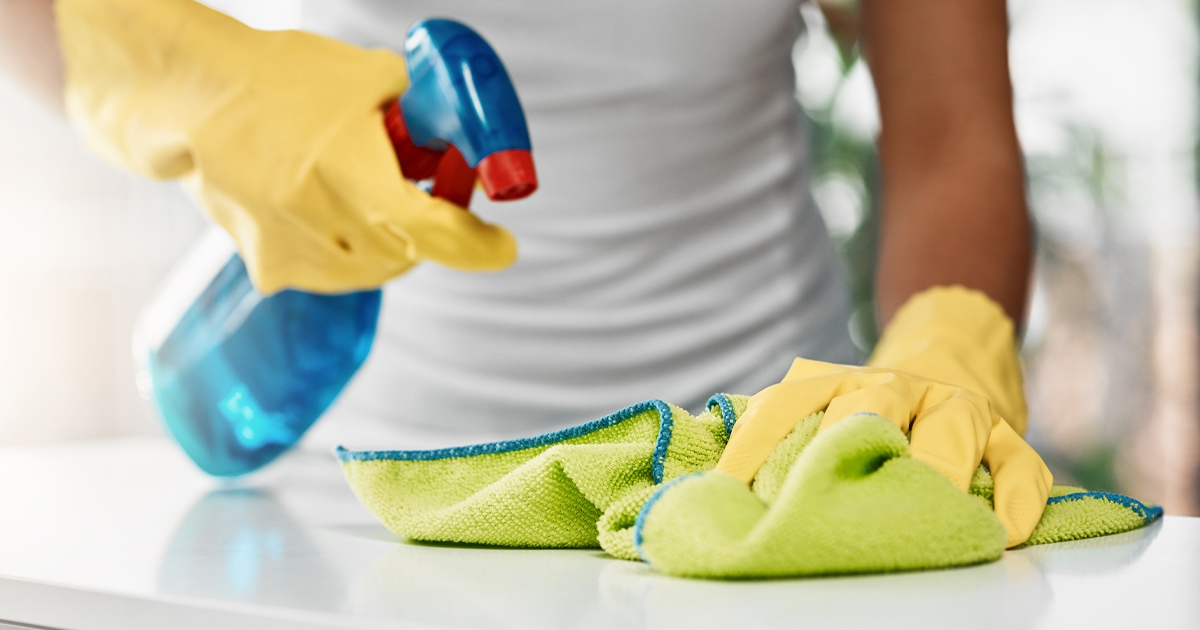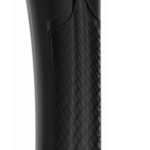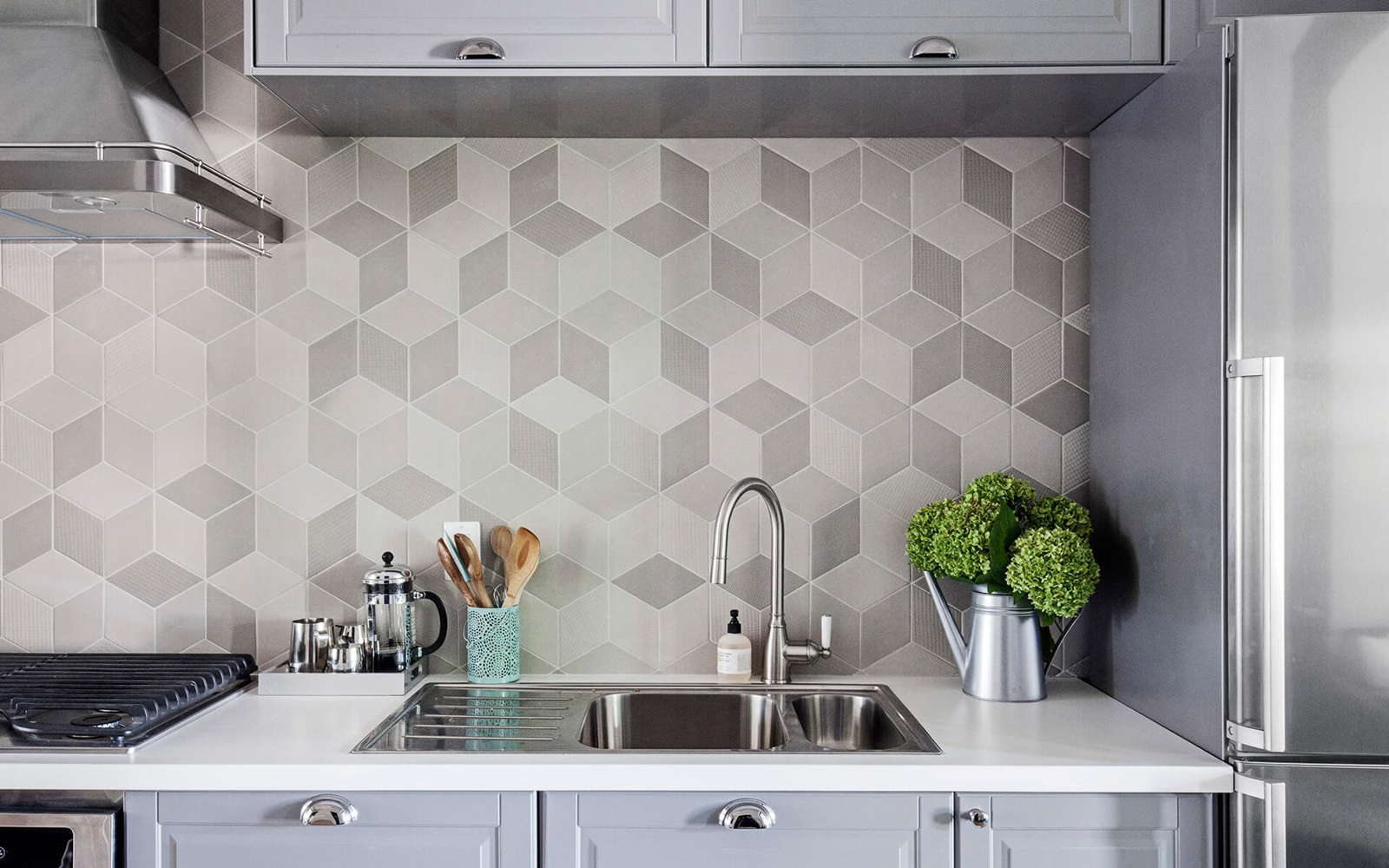What are the benefits of microfiber cloths in the household?
Cleaning the house in most cases is a tedious and painful task, and sometimes a terrible punishment. How much effort is sometimes required to clean stains, get rid of stains, and make mirrors shine. What about dust control? This is completely unbearable. It is for this reason that microfiber cloths are so popular - the best helpers for maintaining order in the house.
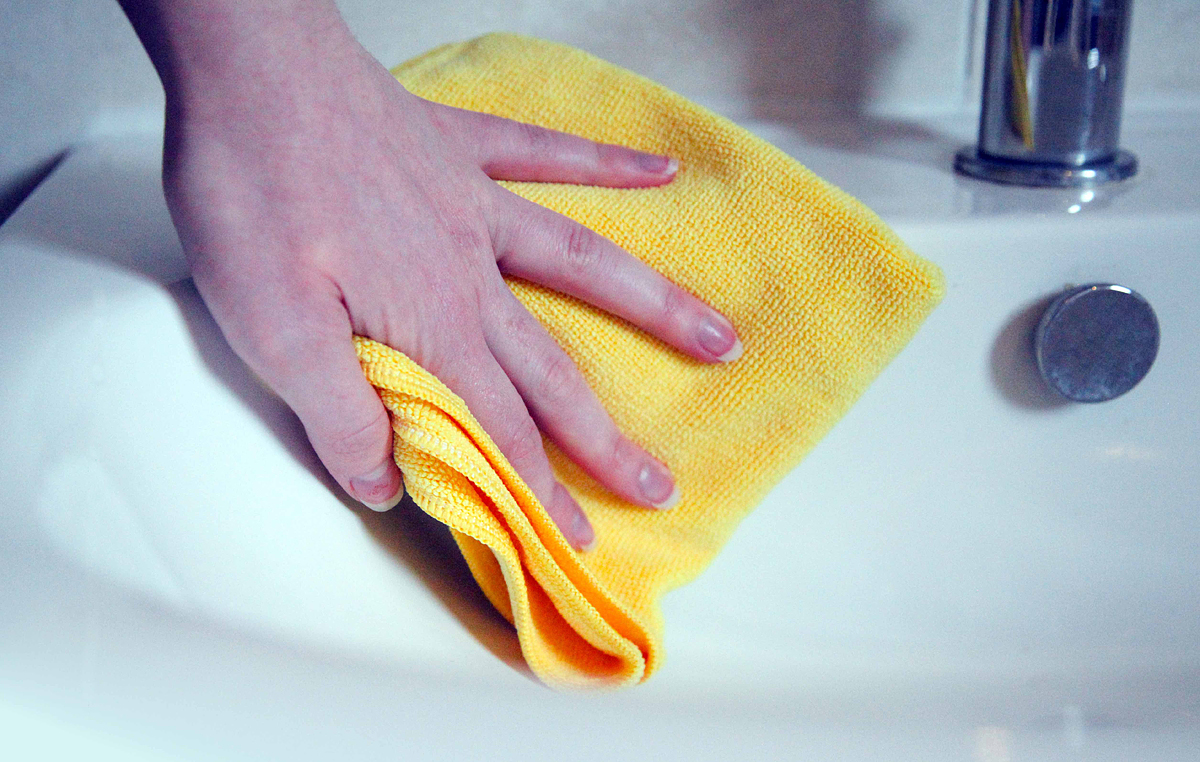
The content of the article
Microfiber - what is it?
This is a polyester-based fabric, also made from polyamide and other polymers. It got its “name” due to the thickness of the fibers, equal to several micrometers. Thanks to this size, it is able to pick up dirt from all the smallest cracks and crevices. Can be used in clothing, upholstery, industrial filters, and cleaning tools.
In fact, when you say “microfiber cloth,” you can mean completely different products, since they are not all the same. The main differences are in the structure of the material, density and size. Where are microfiber cloths with different structures used and what is each of them used for?
A microfiber cloth can be called antimicrobial and antifungal as it cleans up to 99% of all surface dirt.
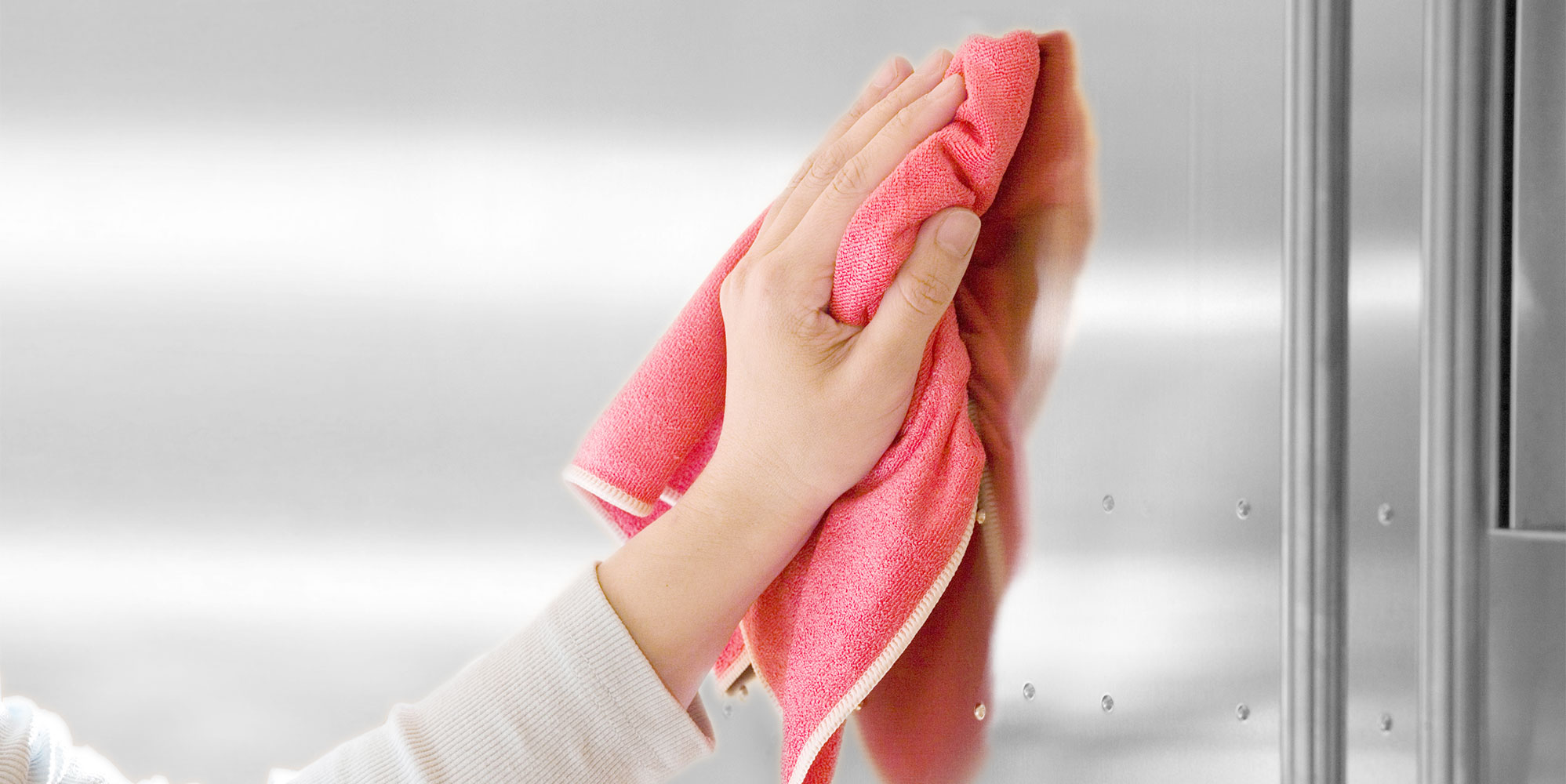
Types of microfiber cloths or what to wash with
There are several varieties in total:
- Universal (loop). Ideally absorbs moisture.Designed to thoroughly wet the surface to be cleaned, and then immediately blot it and remove excess water.
- Smooth, flat weave. Perfectly polishes mirror and glass surfaces, computer screens, gadgets and TVs.
- Made from faux suede. Suitable for polishing very delicate materials: ceramic tiles, chrome products, which can be damaged by a coarser cloth.
- Impregnated with PVA polyurethane. Combined option. It includes the properties of loop and smooth fabric, which determines its rather high price. But it pays off with higher efficiency - cleaning is much faster and more efficient.
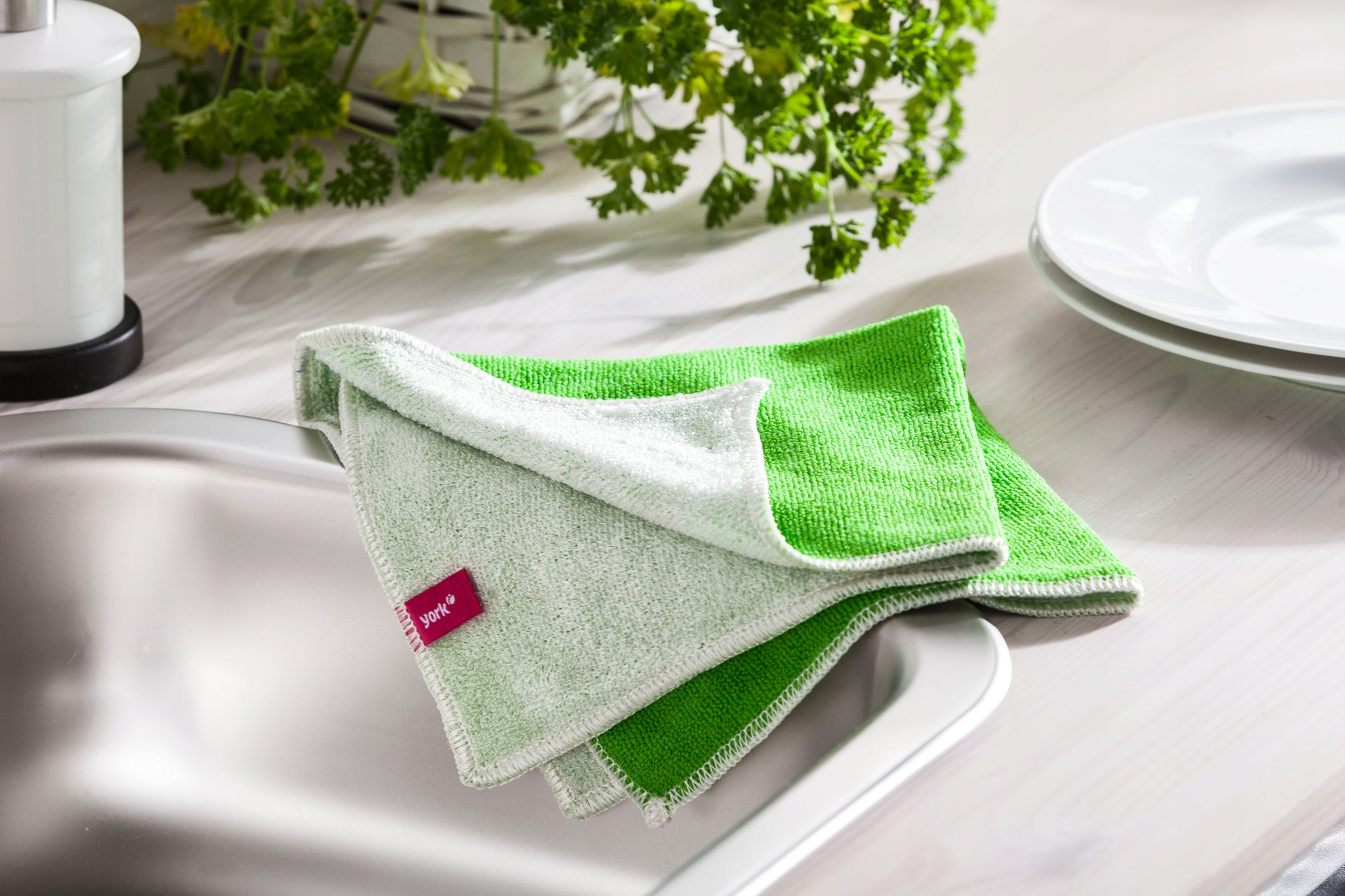
In fact, any of the types is designed for a variety of jobs. So what can a microfiber cloth do?
- perfectly absorbs moisture, as well as fat and oil;
- does not leave streaks or microvilli;
- Contains dust due to static electricity;
- can be used without any household chemicals;
- during washing, all possible bacteria are removed from the napkins, so any cleaning in the house with their help becomes as hygienic as possible;
- They do an excellent job when cleaning windows;
- can be used to cleanse facial skin;
- dirt held by microfibers does not spread further over the surface;
- copes with stains on mirrors, gloss and chrome;
- Suitable for cleaning the screens of your gadgets.
As you can see, the range of applications for microfiber cloths is simply amazing. It seems that there is no surface or object that cannot be cleaned with this miracle product. This is what makes the product multifunctional and versatile.
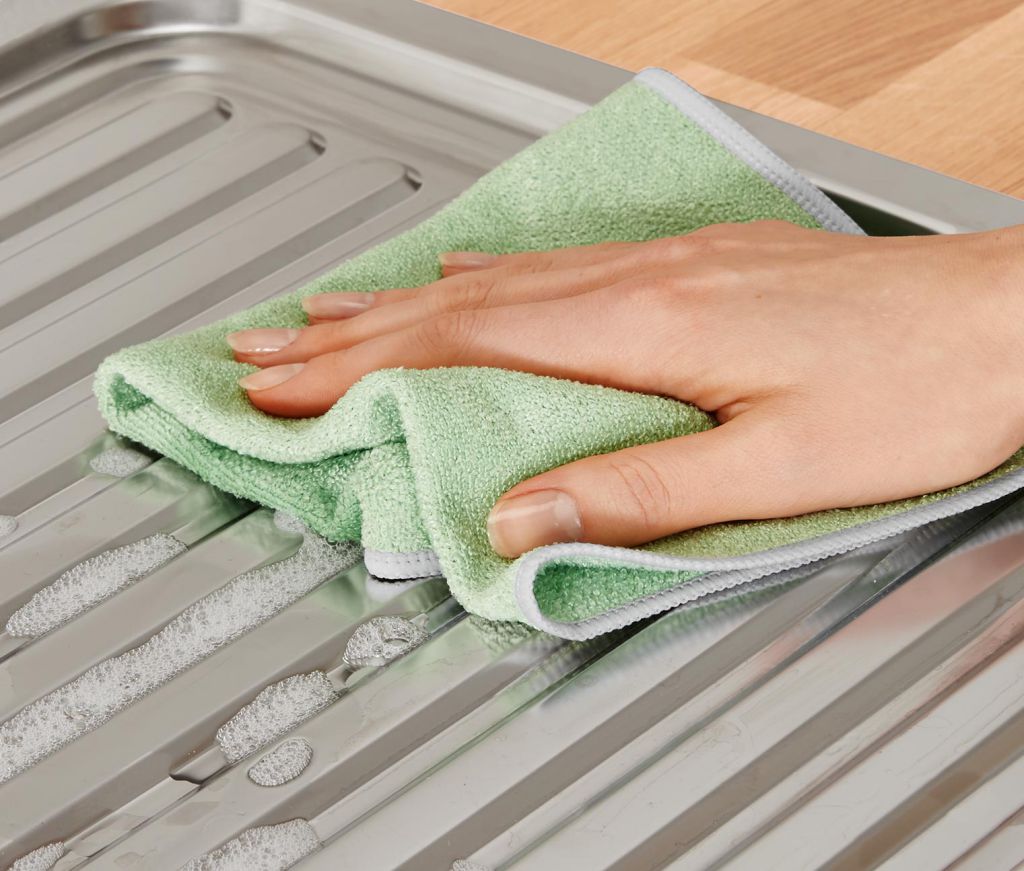
What cannot be used for
It is believed that microfibers can leave scratches on delicate surfaces.For example, glass, wood, natural stone. However, this is a myth.
Indeed, if you pick up a napkin, you can feel that it is rough. Because of this, such thoughts arise. In reality, however, such worries can be put aside. Damage may indeed appear, but it is not the napkin itself that causes it, but the dust and sand that are absorbed into the rag while cleaning. It is for this reason that your mirror or glasses may get damaged. If you wash microfiber on time, then such a problem will not happen.
But you also can’t use microfibers on rough surfaces or materials with burrs, which can tighten and ruin the fabric.
